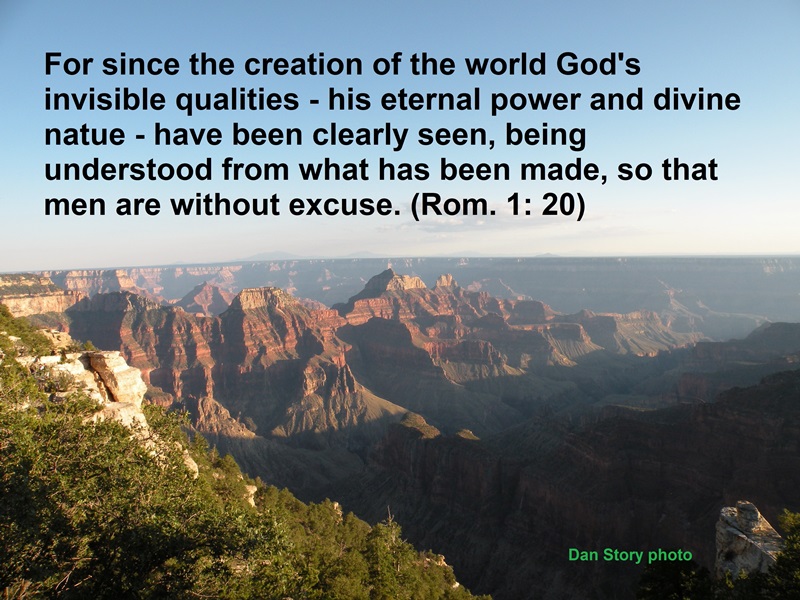
Part Five: Why Moral Law Requires That God Exists
This argument rest on the fact that universal, absolute moral laws can’t exist independently of God. Hence, if absolute, universal moral laws exist, we have demonstrated God’s existence (the moral lawgiver). This can be expressed as a syllogism.
Premise 1: Universal, absolute moral laws exist.
Premise 2: It is impossible to have universal, absolute moral Laws unless God exists.
Conclusion: Therefore, God (the Moral Lawgiver) must exist.
In a valid argument, if the premises are true, the conclusion must be true. The apologetic task is to demonstrate that these two premises are true, and it is fairly easy to confirm them.
Premise One: Universal, absolute moral laws exist
To verify the first premise, we must demonstrate that people worldwide share a fundamental generic moral code; that is, like-mindedness of what constitutes good and evil and right and wrong. The fact is all human beings do recognize certain acts as immoral and formulate laws and taboos to curtail such behavior.
Comparative studies in anthropology, sociology, and religion reveal the existence of an ethical standard governing the behavior of virtually all peoples, regardless of culture, religion, or periods of history. This generic moral code is manifested in worldwide prohibitions against indiscriminate murder, rape, stealing, lying, cheating, and other evil acts. It likewise acknowledges that love, sharing, selflessness, and protecting the weak and vulnerable are virtuous.
Understandably, these fundamental moral values may be modified as they adapt to distinct cultures. However, as philosopher and Christian apologist, Francis Beckwith pointed out, “it does not follow from different practices that people have different values.” (Politically Correct Death: Answering Arguments for Abortion Rights 24) What’s important to understand is there are universal moral values that are objective, absolute, and obligatory. They are binding on everyone whether or not one wants to obey them.
Premise Two: It is impossible to have universal, absolute moral Laws unless God exists
So, where did humanity’s corporate moral conscience—its sense of right and wrong—originate? It is highly improbable, and there’s no evidence that random evolutionary processes, operating within an amoral cosmos, could produce people with a moral conscience—let alone universal moral values. Indeed, we would expect just the opposite. A simple story will illustrate this.
Suppose three friends were lost in the desert with one quart of water to share. During the night, one man quietly gets up and drinks all the water. Most people would be outraged by his behavior because we instinctively recognize that what the scoundrel did was immoral. It violates our innate (God-give) sense of right and wrong that virtually all people acknowledge. In contrast, according to evolution, such behavior is merely survival of the fittest. The man did nothing wrong. He was under no moral obligation to think about the survival of his friends—just himself.
Conclusion:
The best explanation for humanity’s corporate moral conscience and universal ethical standards is that they originate from a source independent of human thoughts, feelings, and experiences. In short, moral values must flow from the mind of a moral lawgiver—God. God’s eternal, unchanging moral nature guarantees unchanging, universal moral standards not subject to human capriciousness. ©

 Part Three: The Paradox of Good and Evil
Part Three: The Paradox of Good and Evil


 Part Ten: Oddball Creatures with Characteristics of Two Categories of Animals
Part Ten: Oddball Creatures with Characteristics of Two Categories of Animals

